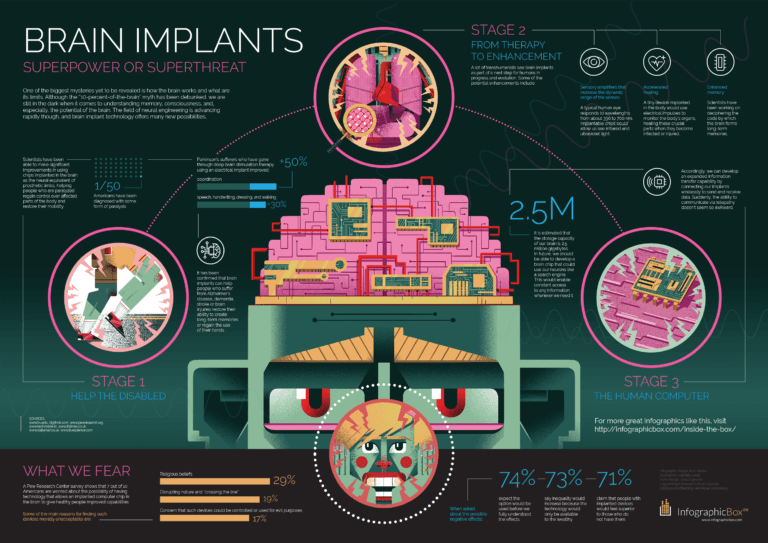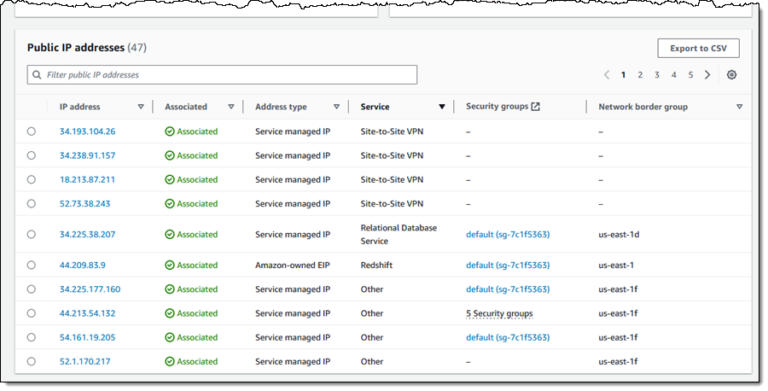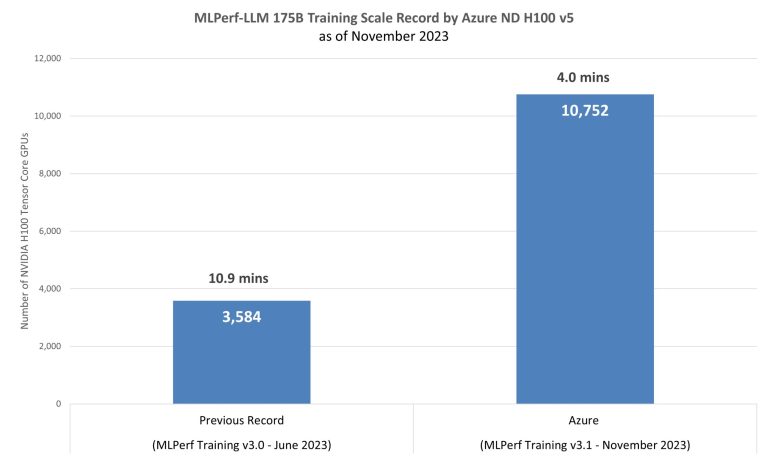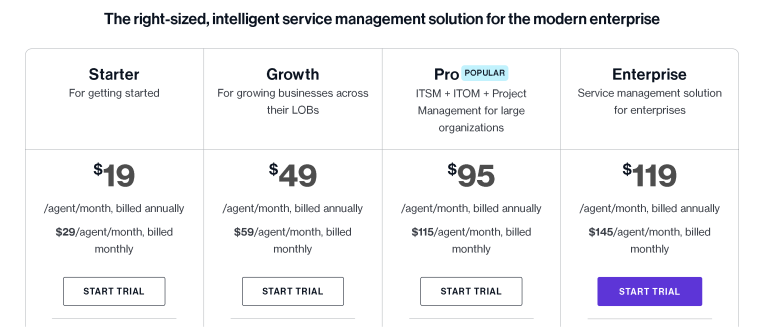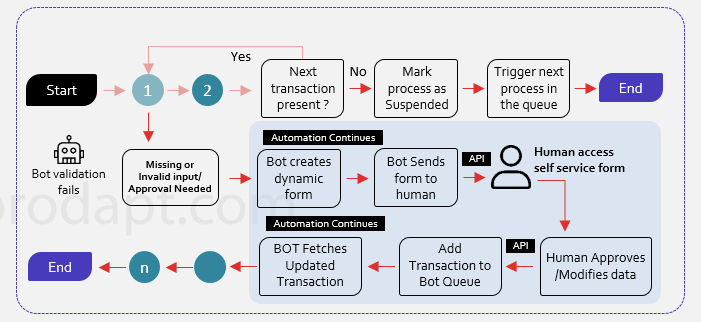
.pp-multiple-authors-boxes-wrapper {display:none;}
img {width:100%;}
The telecoms and banking sectors have a little more in common than you may think. While many analysts have posited a technological future where the two sectors converge, there is another area of similarity. They both have major core strength and significant user bases; yet both still run on a lot of legacy IT.


Himanshu Jha (left) notes the commonalities, as well as the differences. He is in a good position to do so. Having spent a decade in the former, at Verizon and BT – ‘essentially building a new stack’, as he puts it – he has spent the last decade in the latter. Following a stint at Barclays where, among other things, he helped co-author the bank’s data strategy to underpin the wider business strategy as part of a newly formed data team, Jha has most recently served as cloud CTIO (chief technology and information officer) at TSB. A key factor was that, whereas previously his remit involved consuming cloud, now was a chance to build it.
So how does Jha assess the two sectors in which he is so well-versed? “Telecom is actually more complex than banking,” he explains. “Why? Because they have a big piece of the network and the provisioning. Their big part of business is the network and how well it functions, and that dictates the customer experience really. Pretty much everything else, there is a lot of commonality – a lot of legacy, a lot of mainframe, a lot of need to move from a batch mode to real-time.
“[That said] the sensitivity of what a bank does is extremely high, and in that case, when you have legacy [tech] for such a thing, it perhaps hurts you more,” adds Jha. “So the need to innovate in banks is much more than in telco.
“I would like to think that banks kind of spearhead the exploitation of technology, [with] more stress to innovate.”
For the role of cloud CTIO, the balance between leadership, strategic, and technological aspects needed to be struck. Yet much like at Barclays, the importance of marrying the cloud strategy with the business strategy – improving service, doing hyperpersonalisation, using analytics on cloud, as well as cost and efficiency – cannot be underestimated.
Jha notes the interconnections between all three disciplines. “There’s no point of leadership if you cannot develop a strategy and execute on it,” he explains. “And the strategy must be contextual. So at the same time we have to do our cloud strategy, it was part of the overall technology strategy to enable the business strategy – and there is no point investing any dollars if something doesn’t enable the business strategy.
“If we look at it a little bit more closely, data has been there, and cloud has now come through, and AI has come through still. If you look at these three things together, they are very synergistic,” says Jha. “What I mean by that is you can’t really explore data at scale if you don’t have the cloud offering and, equally, data is key for AI. Therefore, if you have to take advantage of the three waves, if you will, then you’ve got to have a solid cloud offering.”
What did this transformation look like at TSB? In broad terms, as Jha outlines, it was two-fold: building new and maintaining old enterprise cloud platforms and services; and modernising digital, data, and business applications and infrastructure through rearchitecting and replatforming to be cloud native variously.
A key step was to understand which blocks should be rebuilt in AWS versus Azure. The solution was that, with a couple of exceptions, the customer-facing applications would be on AWS while the colleague-facing applications were on Azure.
The latter included a virtual desktop – Jha cites Azure’s strength in this area – which was an example of replatforming; taking a set of microservices on-premises and replatforming it to be on IBM Cloud. “In essence, the actual code of these microservices didn’t change,” says Jha. “It was redeployment on a different cloud platform, thereby allowing better runtime and better cost management.” Azure Synapse Analytics was also used for the user-centric analytics piece.
“It’s pretty much fair to say [a lot of the decision is from] the goodness or badness of AWS or Azure, but you’ve got to understand the technology well enough to be able to make use of it for your solution, your context,” Jha explains.
But what about deciding between rearchitecting and replatforming? “If you have time, and if your existing applications on-prem really need rearchitecting, then go for it,” says Jha. “But I think at least to take the benefit of the OPEX value from the cloud platform, and less need to patch and upgrade, you could take the benefit straight away by replatforming.”
It can understandably be something of a minefield – and there are trapdoors which organisations can easily fall through. Jha cites education and cost as the two primary issues.
“I don’t think education is consistent,” he explains. “I’m not just talking tech – I mean often there is inconsistency in tech itself – but digital transformation cannot be achieved if your business owners are not talking the same language, and not working the same pace.” It is not so much the technical knowledge, but broader brush strokes; ‘that consistent understanding of where we are driving, how we are getting there, which technologies are in use, how it will really affect the outcome’ as Jha puts it.
Cost naturally dovetails into this. The C-suite, looking at the figures, will want the project completed as efficiently as possible. Yet this can lead to unforeseen costs. “Let’s say you’re on cloud successfully,” says Jha. “You’ve got to build in for an increase in investment of having larger capacity in the largest skill set. The way you deploy and develop on cloud is a very different skill set than you may have at present.
“Many times these programmes are pulled because expectations are a mismatch,” Jha adds. “There is a benefit of a cloud infrastructure when it is in a steady state, when you move all your workloads as much as you can. Then the denominator increases, so to say, and you get the benefit. But not when you have some Mickey Mouse edge use cases running. That’s when you don’t see the value of cloud.
“To get the full scale of cloud, it takes time,” says Jha. “You’ve got to build in not just the front cost, but the time to do a run. You will be on on-prem infrastructure for a period of time until the applications on cloud become stable.
“These two costs – I’ve seen it missing. People forget to budget it in.”
Jha is speaking at the Cloud Transformation Conference on February 15 where he will outline how to master cloud migration strategies for business growth and agility. The talk will draw on Jha’s experience, so expect similar life lessons to the above to feature. Yet if there is a conclusion, it is a muted – but important – one.
“I want people to learn – because that is how I have felt – that I hope they can be a little more real,” says Jha. “[They] come down from all of the reports and all the promises, and hype, and possibilities, and double down the thinking, or the education or collaboration, or the much more boring-sounding work, to understand that the vision will never be realised until you get down to the nuts and bolts.
“People get excited, but the excitement will never come until they double down and find out the nitty gritty on how to make it really work.”
Photo by Nicholas Cappello on Unsplash
Check out the upcoming Cloud Transformation Conference, a free virtual event for business and technology leaders to explore the evolving landscape of cloud transformation. Book your free virtual ticket to deep dive into the practicalities and opportunities surrounding cloud adoption. Learn more here.


